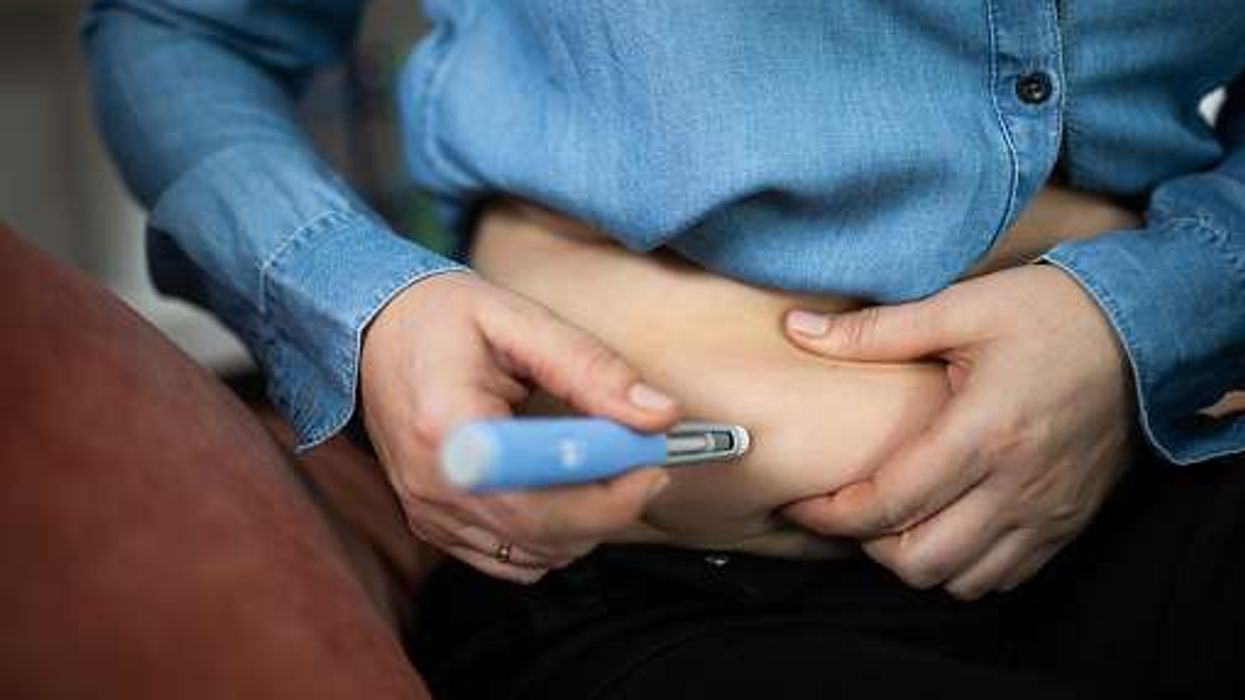Key Summary
- UHNM gets £250,000 to trial a new dye-based method for treating endometriosis
- The study compares standard stents with indocyanine green (ICG) dye to reduce pain and complications
- 70 patients will take part in the two-year trial aiming to improve surgical outcomes
University Hospitals of North Midlands NHS Trust (UHNM) has received government funding of £250,000 to develop a new method to treat endometriosis.
Endometriosis is a common condition that leads to the growth of tissues outside the uterus, similar to the womb lining causing excruciating pelvic ache and infertility.
The university officials said the study is being done in partnership with Birmingham Women's and Children's NHS Foundation Trust, and it aims to improve treatment outcomes for patients.
The two-year study will involve 70 patients, and will compare the standard stent method with a novel technique using indocyanine green (ICG) dye.
Instead of inserting stents, a small catheter delivers the dye into the ureters, which can then be seen under special light during surgery.
This approach may significantly reduce patients’ pain, surgical complications, and recovery time.
Patients in the trial will be randomly given either a standard stent or the dye-based method.
Gourab Misra, consultant gynaecologist at UHNM and chief investigator, said, “Surgeons used stents to protect the tubes, these could cause significant pain as well as bleeding and needed a second procedure to remove them.”
He said the new method aims to “minimise complications and improve the patient journey, reducing pain and morbidity associated with these complex procedures.”
UHNM has received funding from the National Institute for Health and Care Research.













